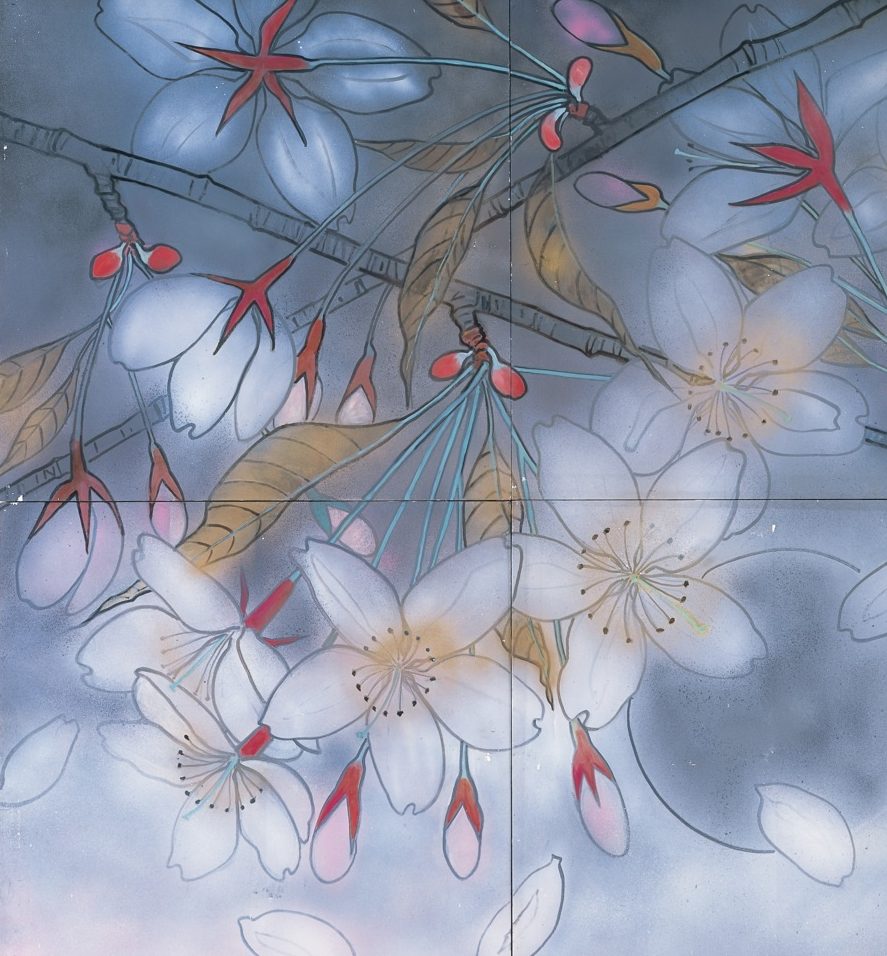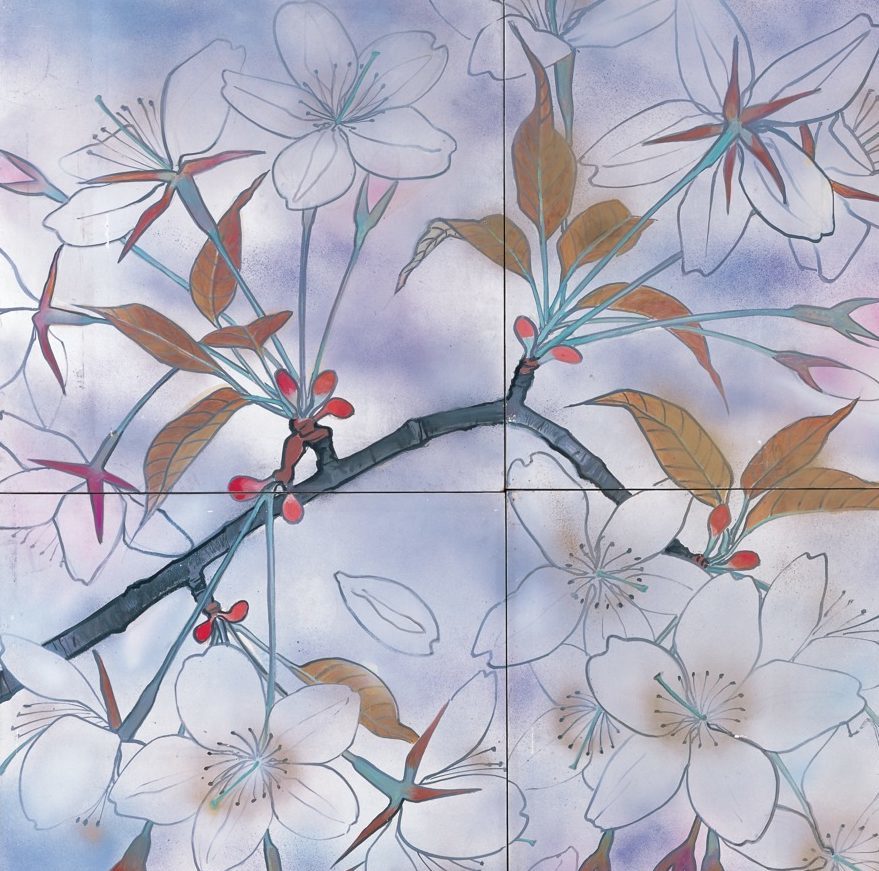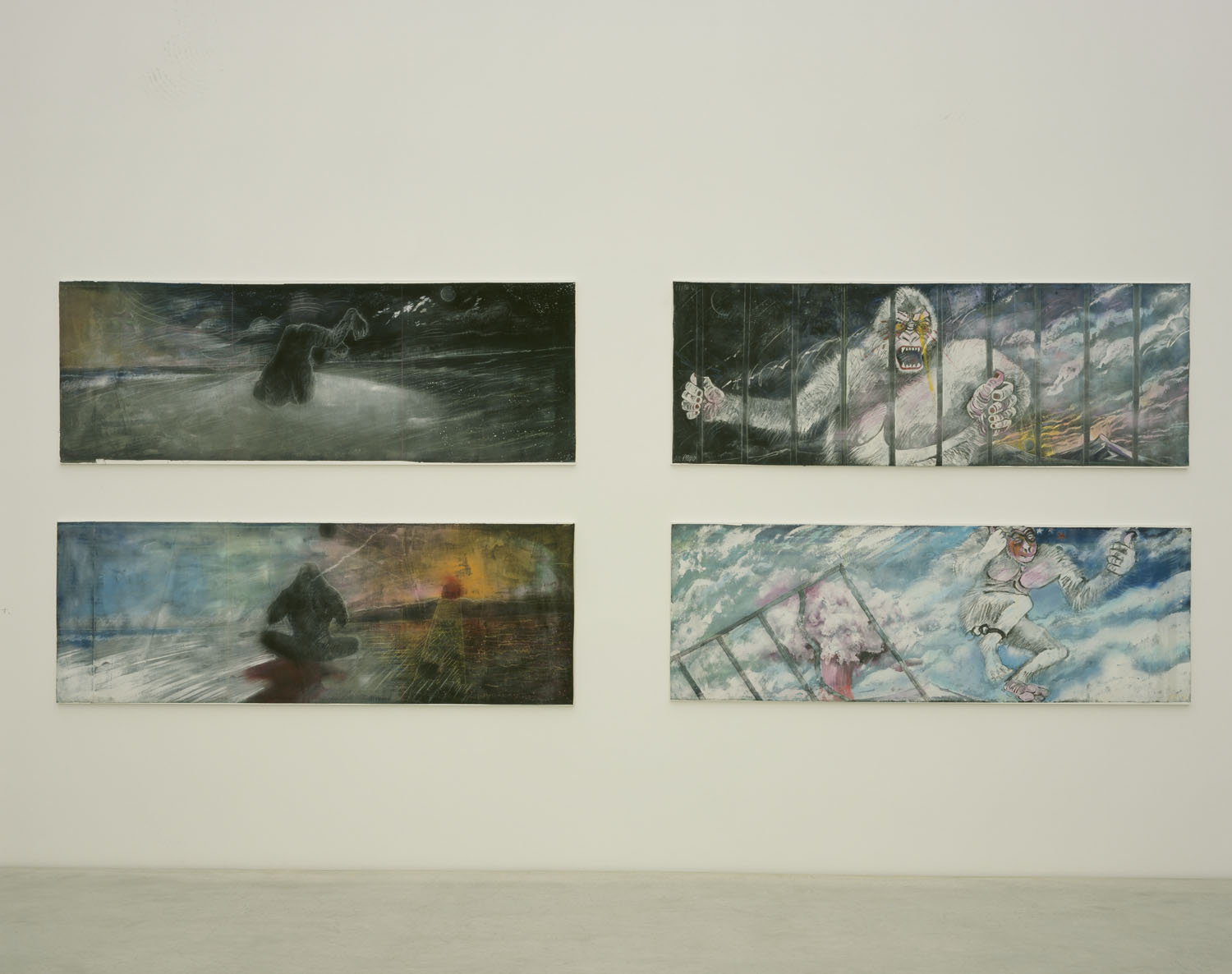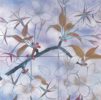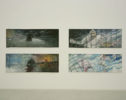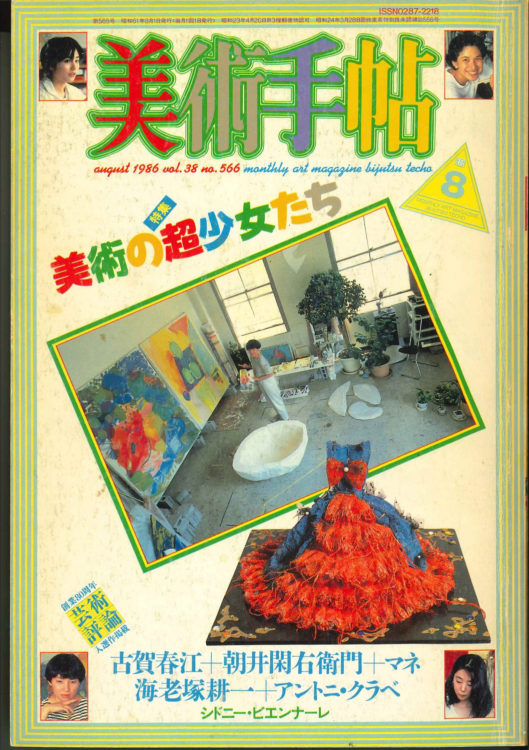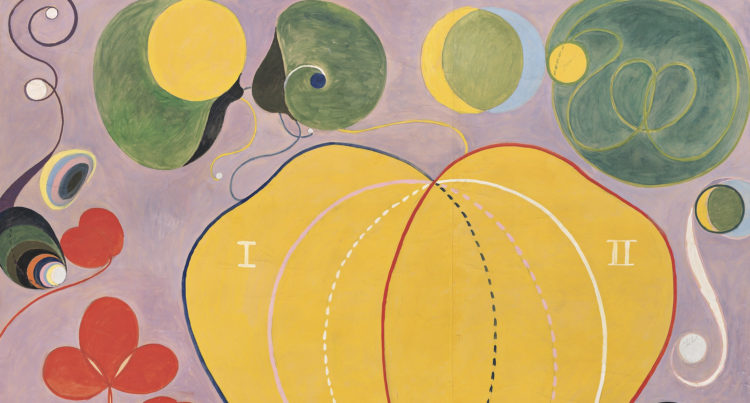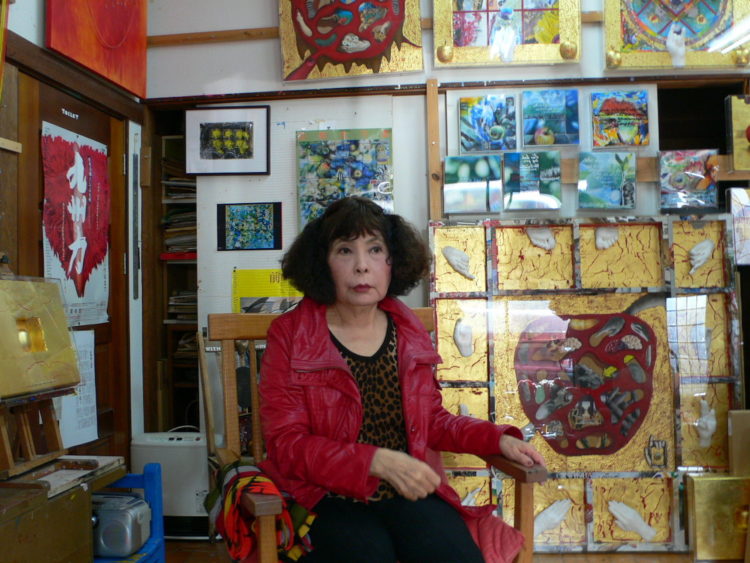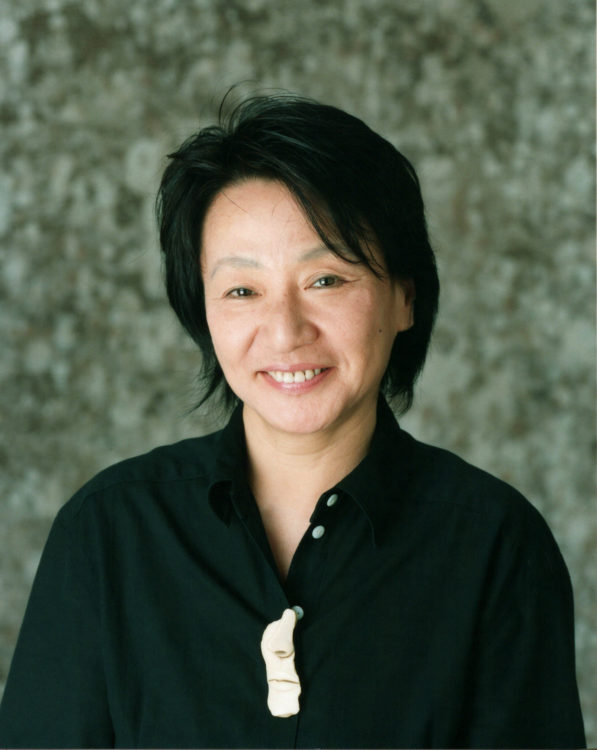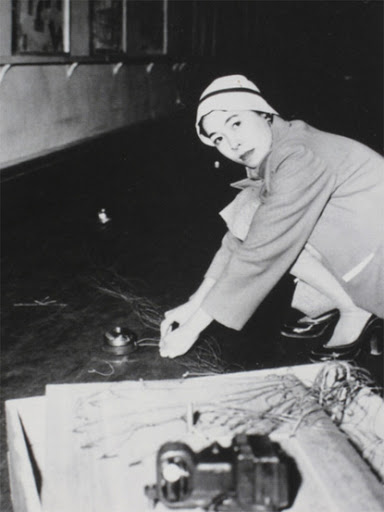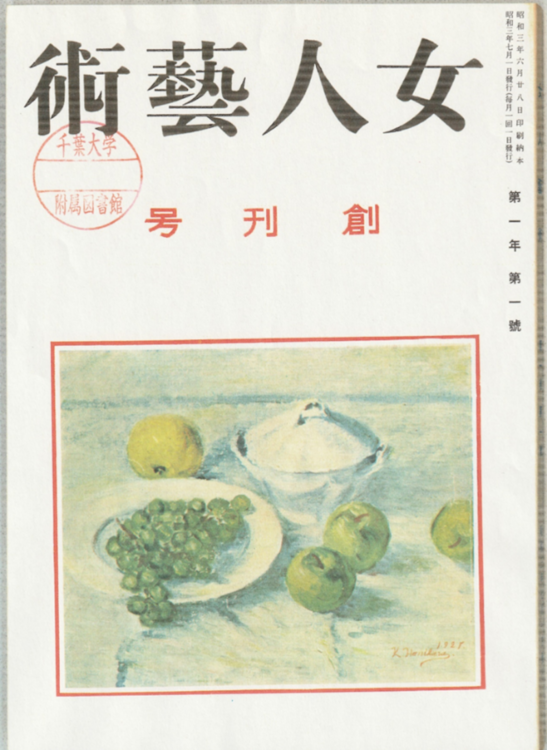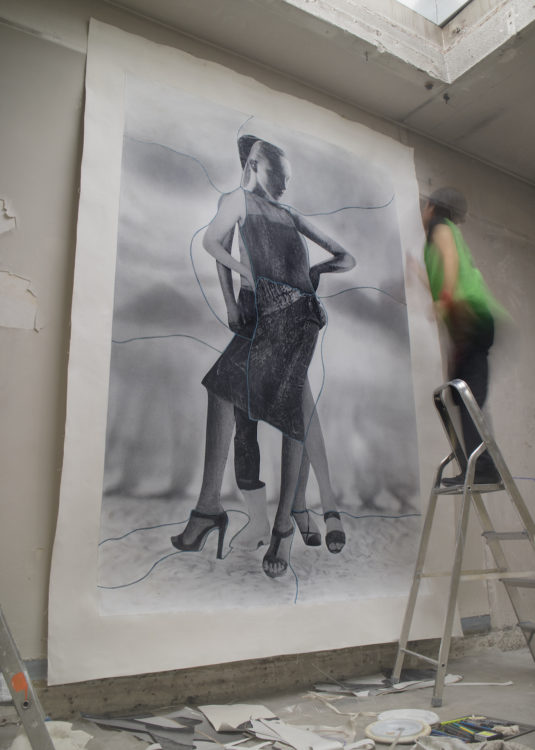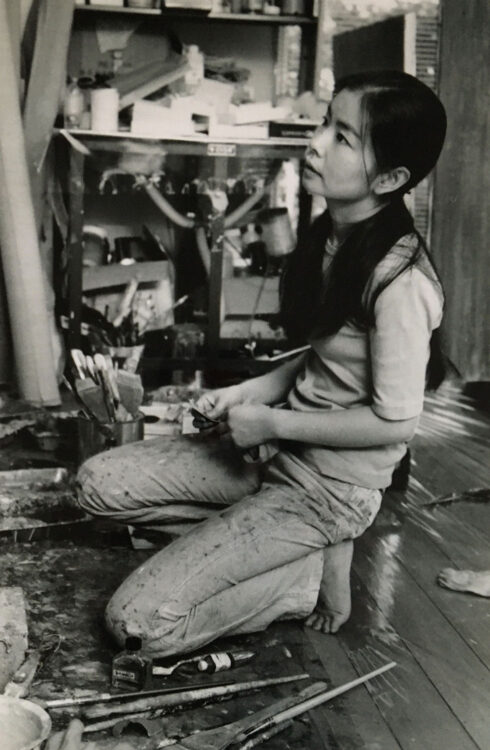Sayako Kishimoto
Kishimoto, Sayako, I am Sora Tobu Akaneko daa, Gaka Kishimoto Sayako [I am a flying red cat! Painter Sayako Kishimoto], Tokyo, Bijutsu Shuppansha, 2009
→Josei to Art Project. Neodada kara 21seikigata majo e Kishimoto Sayako no Hito to Sakuhin [From Neo-Dada to the 21st-Century Witch: Sayako Kishimoto’s Life and Works], Yokohama, Josei to Art Project, 1997
→Sayako Kishimoto, 1939–1988, Nagoya, Kishimoto Sayako Isakuten Junbi Iinkai, 1990
Sayako Kishimoto: The Messenger, Aichi Prefectural Museum of Art, Nagoya, November 1 – December 15, 2009
→Sayako Kishimoto Revived, The Miyagi Museum of Art, Sendai, January 12 – March 27, 2001
→Sayako Kishimoto Posthumous Exhibition, Denki Bunka Kaikan, Nagoya, April 24–29, 1990
Japanese visual artist.
Sayako Kishimoto was born in Nagoya, Aichi Prefecture, the second daughter of psychiatrist, Ken’ichi Kishimoto, a professor at Nagoya City University’s medical school, and his wife Natsuko. After gaining recognition in the 1960s for her avant-garde practices, she resumed working in the 1980s following a decade-long hiatus. During her years of activity, S. Kishimoto developed a unique artistic approach that combined painting, performance and written compositions.
From an early age, S. Kishimoto attended painting lessons with Kenkichi Chihara (1904-1998) and Masao Yabuno (1907-1990). In 1955 she enrolled in the art course at Aichi Prefectural Asahigaoka Senior High School where she began learning painting techniques in earnest. There she was greatly influenced by Masayoshi Nakamura (1924–1977), a Japanese-style Nihonga painter working as a teacher in the art department. She was also greatly inspired by the presence of Genpei Akasegawa (1937-2014), Shūsaku Arakawa (1936-2010) and Shin’ichi Iwata (1935-2017), who were her seniors in the programme.
A biography produced as part of the “Women Artists in Japan: 19th – 21st century” programme
© Archives of Women Artists, Research and Exhibitions, 2023



